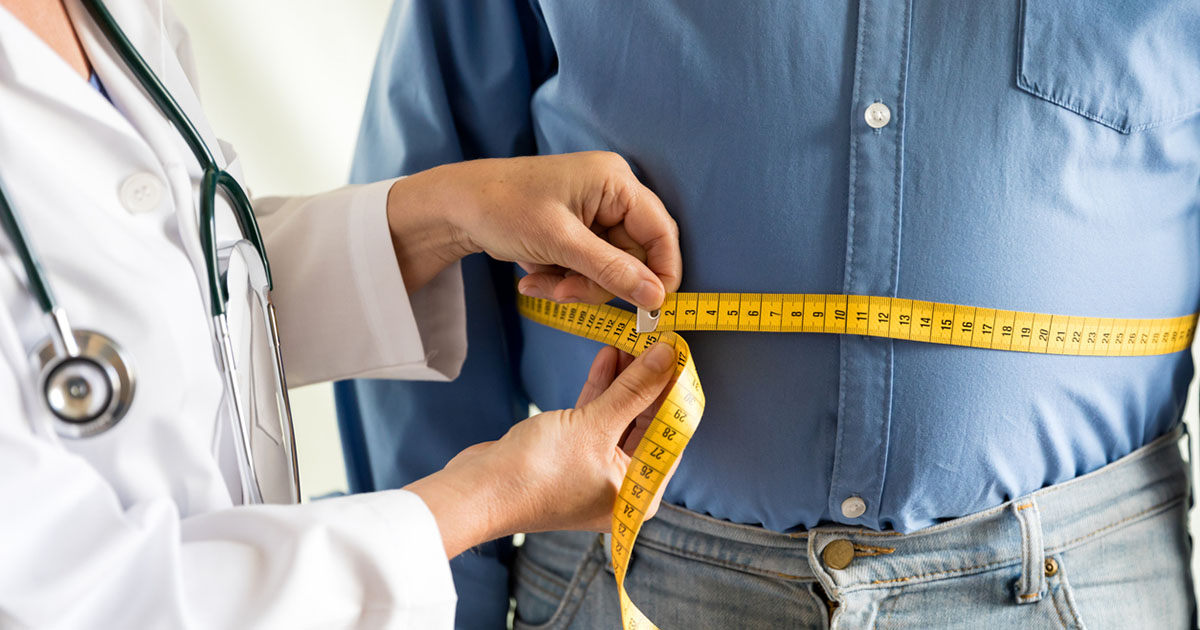This single-centre, open-label study evaluated the efficacy of a new dual-hormone closed-loop insulin/glucagon delivery system when used during a 45-minute exercise regimen and during follow-up over the next three nights. The device was compared with both an insulin-only closed-loop system and sensor-augmented pump (SAP) therapy with a predictive low-glucose suspend system. Twenty-one people with type 1 diabetes completed the exercise regimen and follow-up one with each device, in a randomised order.
The dual-hormone system supplies a new stable liquid form of glucagon that has a shelf-life of up to 2 years, and which is delivered when blood glucose levels fall below 5.27 mmol/L. It has an algorithm that detects when exercise is occurring (based on heart rate and an accelerometer) and asks the user to confirm whether exercise is taking place. When exercising, insulin is suspended for 30 min and then reduced by 50% of the typical rate for 60 min, and the threshold for glucagon delivery is raised to a blood glucose of 6.66 mmol/L.
The primary outcome, time with glucose levels <3.9 mmol/L during exercise and up to 4 hours afterwards, was significantly lower in the dual-hormone arm than in the single-hormone arm (0% vs 8.3%; P=0.03). It was also lower than in the SAP arm (4.2%); however, this difference did not reach significance.
Time in range over the 4-day observation periods was comparable between the two closed-loop systems, at around 72%, but was significantly lower with SAP (63%). Time in hypoglycaemia over the observation periods was significantly lower with the dual-hormone system (0.5%) versus the single-hormone system (1.3%) and the SAP system (1.5%). Time in hyperglycaemia was lowest with the single-hormone system (25.1%), followed by the dual-hormone system (28.2%) and was highest with SAP (34.7%).
Four people experienced nausea related to glucagon administration, two of whom vomited as a result and three of whom withdrew from the study. The dual-hormone system remains in development, and the authors suggest that optimising the glucagon dose and timing (at present, a fixed dose is given when blood glucose fall below the threshold) could improve these side effects as well as the time spent in hyperglycaemia.
Wilson LM, Jacobs PG, Ramsey KL et al (2020) Dual-hormone closed-loop system using a liquid stable glucagon formulation versus insulin-only closed-loop system compared with a predictive low glucose suspend system: an open-label, outpatient, single-center, crossover, randomized controlled trial. Diabetes Care 43: 2721–9. https://doi.org/10.2337/dc19-2267





Attempts to achieve remission, or at least a substantial improvement in glycaemic control, should be the initial focus at type 2 diabetes diagnosis.
9 May 2024